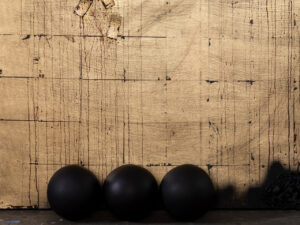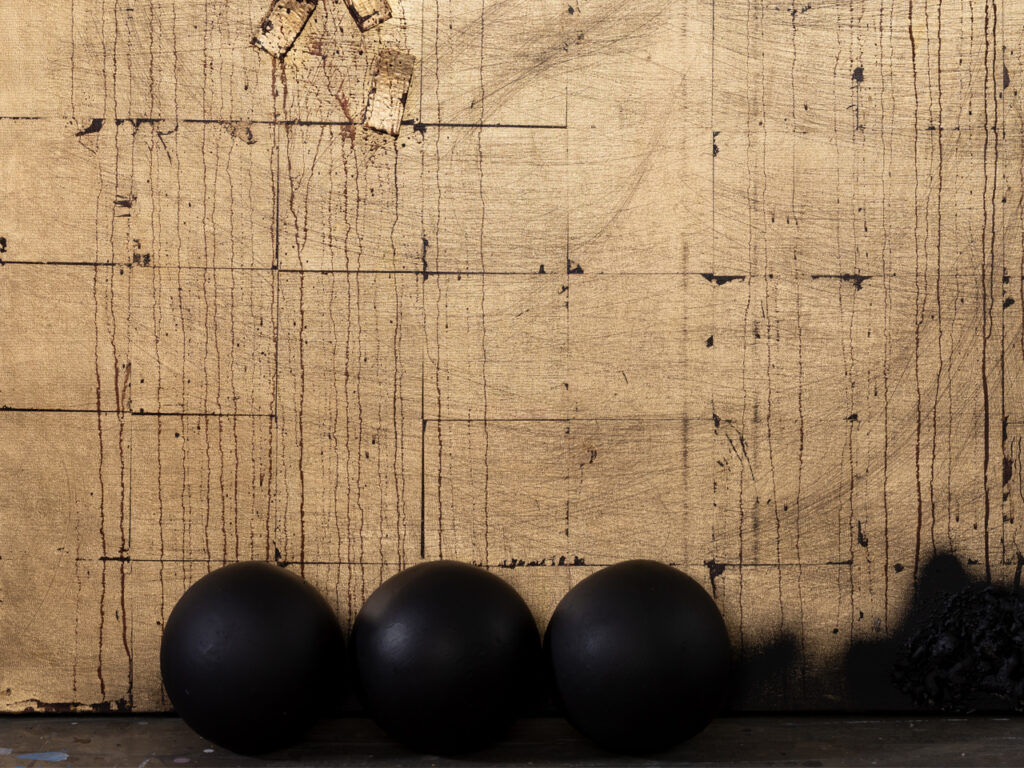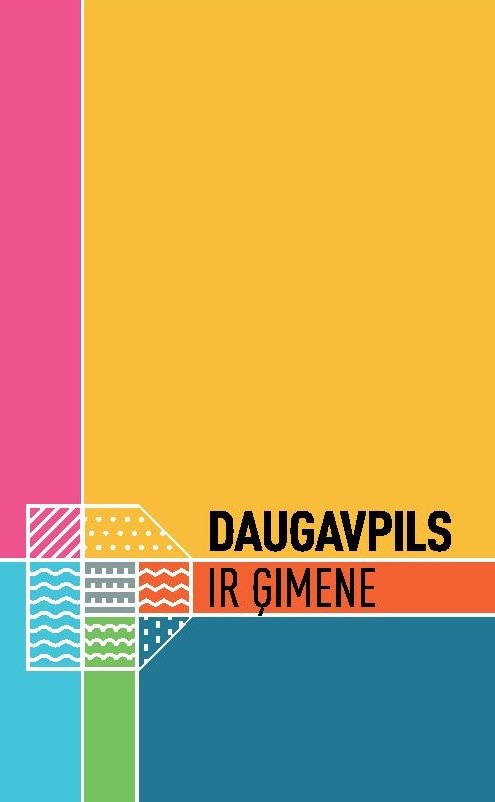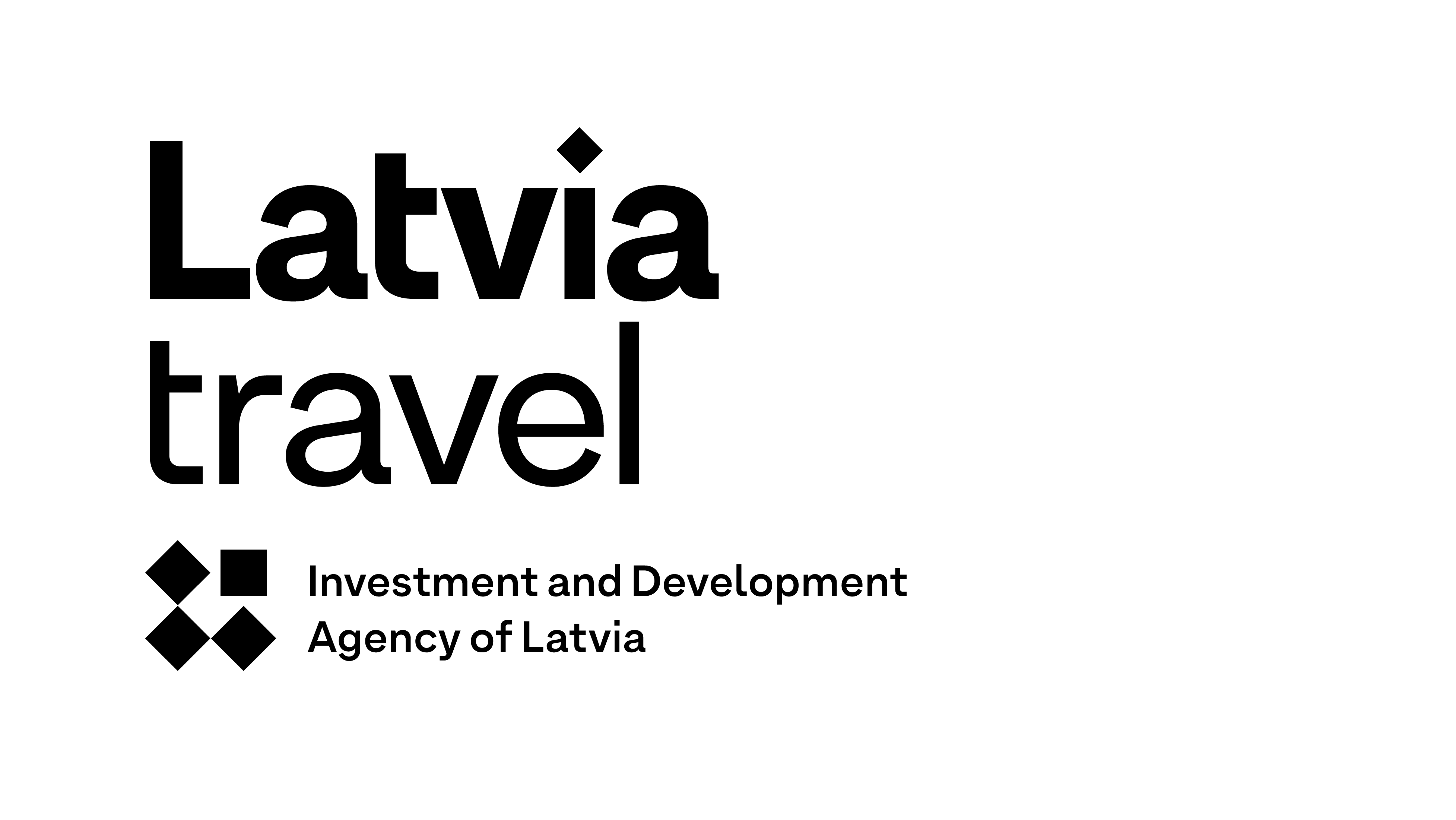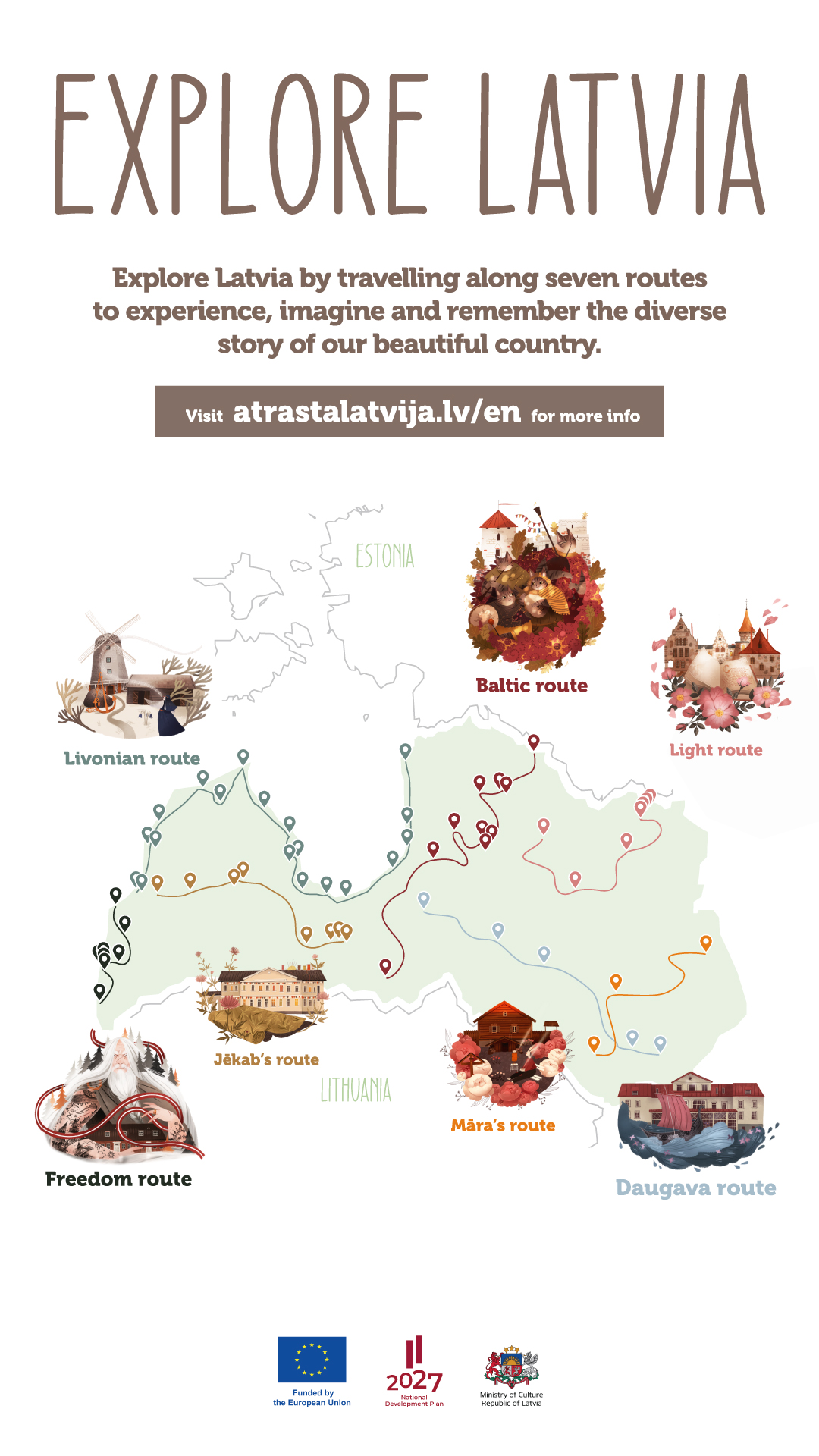On 1 March, the Rothko Museum will open its all-Latvian spring exhibition season featuring four exciting visual projects. The leading contemporary Latvian painter Frančeska Kirke will present her solo show “Bastion”. Romāns Korovins, known for his work in painting and photography, will offer his one-man show “Let’s Die Together”. Six Latvian artists will come together in a joint project “ROTKHO. Made in Latvia”, based on the famous play by the Dailes Theatre. Finally, “When the Cannons Are Silent” will bring together a large and diverse group of artists associated with the Latgale Region into the museum’s annual juried exhibition. The spring exhibition season will be on show through 19 May.
“Bastion” by Frančeska Kirke – taking a stand against ignorance and prejudice
In her latest solo show called “Bastion”, Frančeska Kirke draws from the history of the Daugavpils Fortress and the current war in Ukraine to talk about art as a form of creative activism for social causes. Her “Bastion” is also a compelling metaphor for every artist’s inner struggle with themselves, their inner doubts, their triumphs and defeats. In visual terms, the exhibition has developed from a single artefact – a flaming cannonball became the one creative spark for the entire series.
To quote from the artist Frančeska Kirke: “My Bastion is about defence and safeguarding. In humanity’s ongoing battle with Darkness, the Rothko Museum is an enduring Bastion of light, a stronghold in a line of many other cultural beacons that guard the flame of free creative spirit while standing up to ignorance and prejudice. Seen through this lens, the Bastion is an appropriate umbrella term for the historical significance and function of the Daugavpils Fortress as well as for the current warfare raging right next door and the associated standpoint of a caring activist-creator whose only form of personal resistance is through art. The exhibition narrative unfolds in three thematic lines across three correlated and successive spaces: the Hall of Fame is all about victorious triumph; the Hospital is both a reference to a former military medical facility and a compelling archetype for our essential fragility and being ever-vulnerable to defeat; lastly, the Wounded Landscapes deal with the inevitable consequences of aggression.”
“Let’s Die Together” by Romāns Korovins – a visual reflection on time and married life
Romāns Korovins first showed his work at the Rothko Museum in 2018 alongside other artists in an intriguing group show, “Looking Out, Looking In”. Today, the artist returns to Daugavpils with a solo exhibition titled “Let’s Die Together”, where he offers his latest paintings, a spatial installation and writings on the recurrent issues of existence – such as the course of life and the passage of time – as well as on the painting medium itself and its capacity for abstraction.
“Let’s Die Together” is emblematic of the author’s method – Korovins delves into his hallmark themes of life, time and relationships. “My focus is on couples and family ties. My subjects are two individuals after a lifetime together, who shared special occasions as well as countless little tasks and ordinary routines in the prosaic day-to-day. Their common past has episodes of work and hope, the heights of joy and depths of disappointment. These are ostensibly the same experiences, all faithfully encountered hand in hand – home renovations, children’s graduations and restful summers out of town. But are they really all effectively the same? After all, one and the same thing can be experienced very differently and trigger vastly different feelings and emotions. And even dying together – the final act whereafter no one has the dubious advantage to revise the shared past – can well turn out to be beyond compare. Yes, there will be some overlapping and resemblance, but never all the way through,” explains the author.
From theatre to museum – “ROTKHO. Made in Latvia”
“Rotkho. Made in Latvia” is an intriguing exhibition project inspired by the famous half-eponymous production “ROTKHO” at the Dailes Theatre, which has earned broad recognition in Latvia and beyond. This extraordinary exhibition project is the collective effort of six heavyweights in Latvian painting – Frančeska Kirke, Aleksejs Naumovs, Sandra Strēle, Helēna Heinrihsone, Ritums Ivanovs and Kaspars Zariņš. The exhibition takes the drama off the stage and way beyond the theatre walls into an art museum setting with multiple shifts in perspective – from a digital image to its creative representation in a new hard copy and back to the original artwork.
To quote from the exhibition curator, Aivars Baranovskis: “Just like the play that sparked it, the exhibition is at once an imitation of world-famous artworks and an exciting visual parade of authentic creative output by eminent Latvian artists, who have produced a deeply stirring and evocative body of work. Its greatest asset – to borrow from the play that was the project’s inspiration – is the capacity to build a strong emotional connection with the viewer. Each artist took months to replicate one original Rothko. Until the project ended and the latest showcase of originals opened to the public in the Rothko Museum’s exhibition space, the only way to encounter the painting each artist was working from was through a digital copy. While this was clearly a considerable challenge, the situation also offered some interpretative leeway – rather than merely producing a replica, the artists had room for manoeuvre and ample scope to demonstrate their own creative touch.”
“When the Cannons Are Silent” – when the cannons speak, the muses are silent; when the cannons are silent, the muses can be heard
This spring, the Rothko Museum’s annual juried exhibition featuring artists associated with the Latgale Region received 199 submissions. A jury picked 47 artists to appear in a sweeping museum display covering different visual mediums.
Curator Aivars Baranovskis applauds the artists’ civic engagement in the shaping of public opinion through their art. With this exhibition, the Rothko Museum appeals to the world to keep creating and building a robust society armed with critical thinking regarding both domestic issues and more global, international concerns.
““When the cannons are heard, the muses are silent.” Way too often in the past couple of decades, people have had the reason to bring up this phrase. Way too often, muses have had to keep silent and step aside simply because there were more important things on the current agenda. Fortunately, today’s ideology has liberated art from having to serve the decorative needs of whatever regime happens to be in power. And in societies that honour such artistic freedom, the mouths of cannons remain tightly shut. Their cannons have taken their rightful place in museum courtyards, and the actual horrors of war stay firmly on screen,” says Baranovskis.
The Rothko Museum’s new exhibitions have been supported by the State Culture Capital Foundation, the Daugavpils City Council, Devona and Caparol.
For more information, please visit the Rothko Museum website: https://rothkomuseum.com/
Additional information:
Sintija Priedeslaipa
media coordinator
29456053


